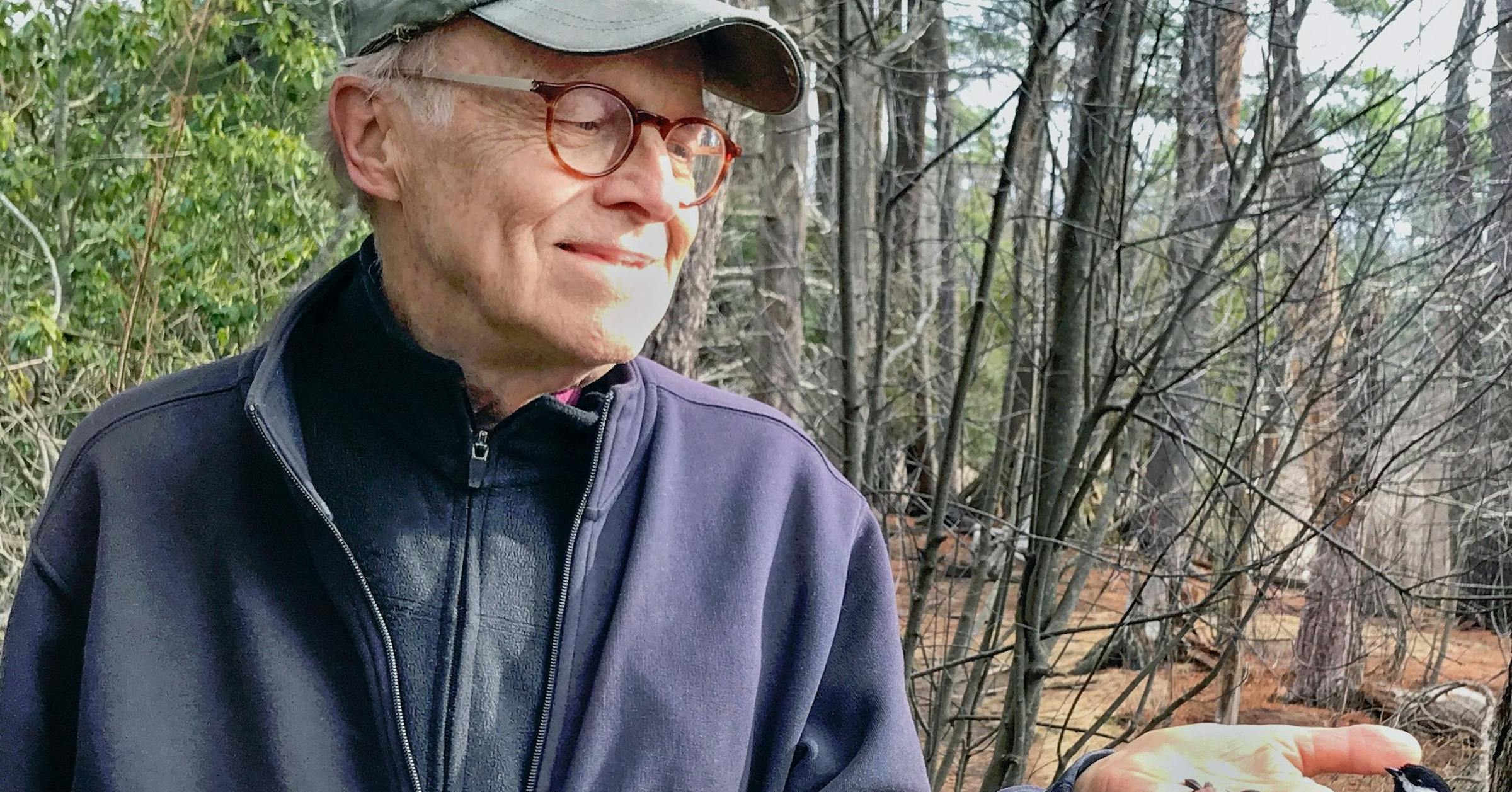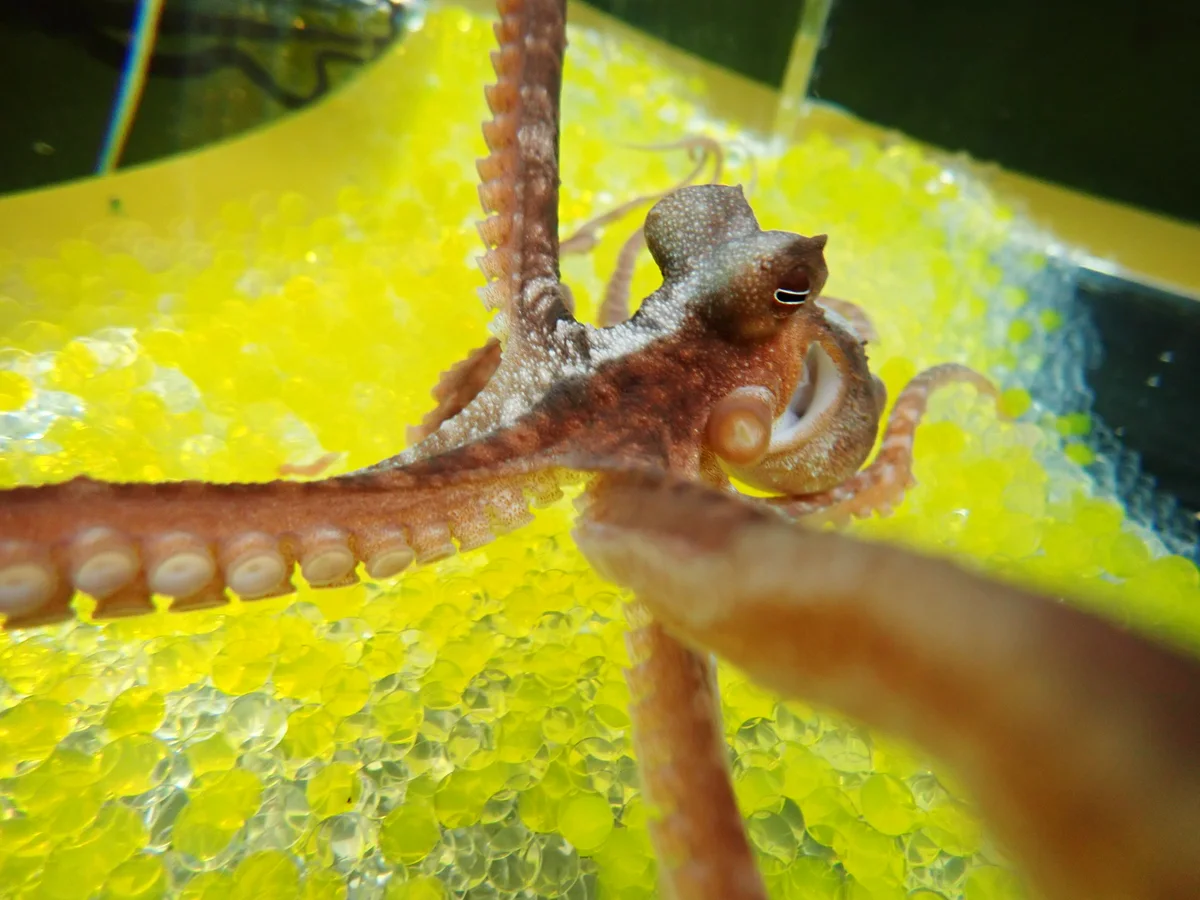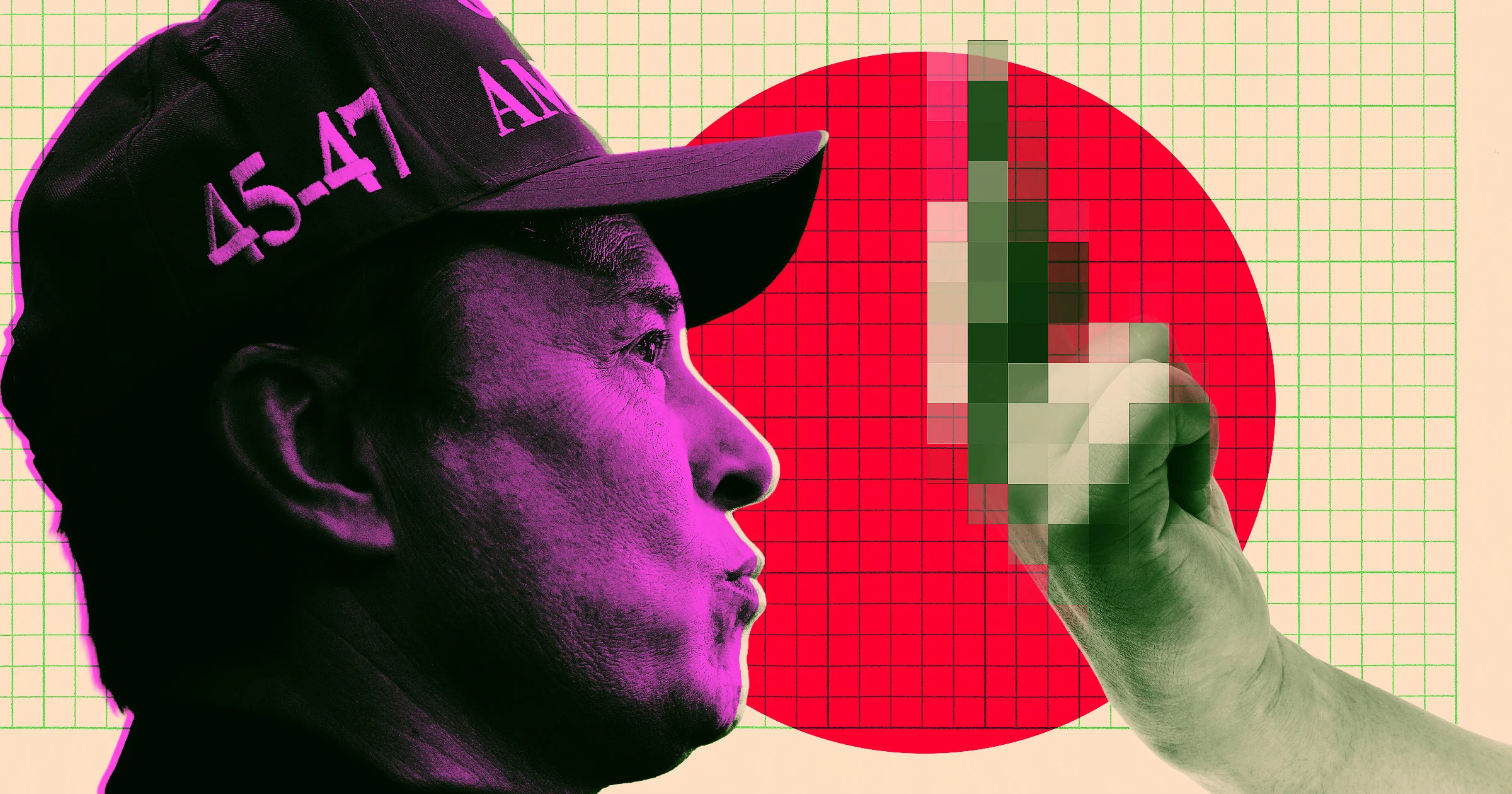
The respected science expert’s beautifully written book celebrates the adaptive ingenuity of animals whose traits have evolved over millions of years. That includes us — though humans are, at best, supporting characters in the book. Perhaps that’s as it should be.
Stipp writes that he aims “to provoke and delight.” With carefully documented chapters about methodical earthworms, giddy rodents and birds that watch for predators while sleeping with one eye literally open, he hits his goal. Meanwhile, his book works as the subtlest of manifestos, a showcase for “the treasures we stand to lose” unless we do more about climate change.
His enthusiasm is wide-ranging and infectious. Dogs, Stipp writes, branched off from wolves at least 14,000 years ago — a moment, in evolutionary terms. Skunks have been around for at least 30 million years, perfecting the malodorous defense that sickens would-be prey. Which isn’t to say that skunks savor their own smell. They “may well find their musk’s odor repellent,” also using it in fights amongst themselves.
Stipp’s amiable prose makes complicated experiments easy to understand. Scientists determined that thiols, naturally produced sulfur-containing compounds, are the skunk’s secret sauce. In doing so, researchers stunk up the joint. As cited by Stipp, a 19th century chemist’s recalls the reaction to his work: “The whole college rose in revolt, shouting, ‘A skunk, a skunk is here!’ I had to abandon the investigation.”
The book is full of consequential encounters between animals and people. Human intervention has changed rats — behaviorally and, in some cases, cosmetically. In Victorian England, “rat catchers began domesticating the brown rat,” and today, breeders with questionable motives have engineered rats with curly hair and circular ears. Charles Darwin, who explained the idea of natural selection in his seminal “On the Origin of Species,” labeled such tinkering “artificial selection.”
More recently, Stipp writes, researchers studying rats’ rough-and-tumble play have speculated that their chirps are an ancestral form of laughter, an evolved behavior employed to signal that their actions aren’t threatening.
Stipp reminds us that Darwin’s landmark work has been assailed as “an attack on the poetry of nature.” He disagrees with this view: “Darwinism adds rather than subtracts,”(259) expanding “our focus of wonder to deeper enigmas.” It’s no surprise, then, that the book is most entertaining when Stipp peers at Darwin’s beloved earthworms.
The British naturalist published a book about how worms spend their days — eating and excreting dead plants. Enriching soil planet-wide, few if any creatures “played so important a part in the history of the world,” he wrote.
As Darwin sought to demonstrate that worms’ systematic labors showed some degree of intelligence, he ran offbeat tests that Stipp relates with understated relish. Darwin, or someone assisting him, shouted at worms and played “shrill notes from a metal whistle,” determining that they couldn’t hear. Nor did he get a rise out of his worms when he “breathed on them while chewing tobacco,” Stipp writes.
In this century, researchers have shown that worms seemingly communicate by touching one another. As these scientific heirs of Darwin demonstrate, “the glorious tangling of social behavior” surrounds us, Stipp writes. You’ll know how to spot it thanks to this impressive book.
A driver rammed a car into a security gate at the FBI building in Pittsburgh early Wednesday, then removed an American flag from the back seat and threw it over the gate before leaving, authorities said.



